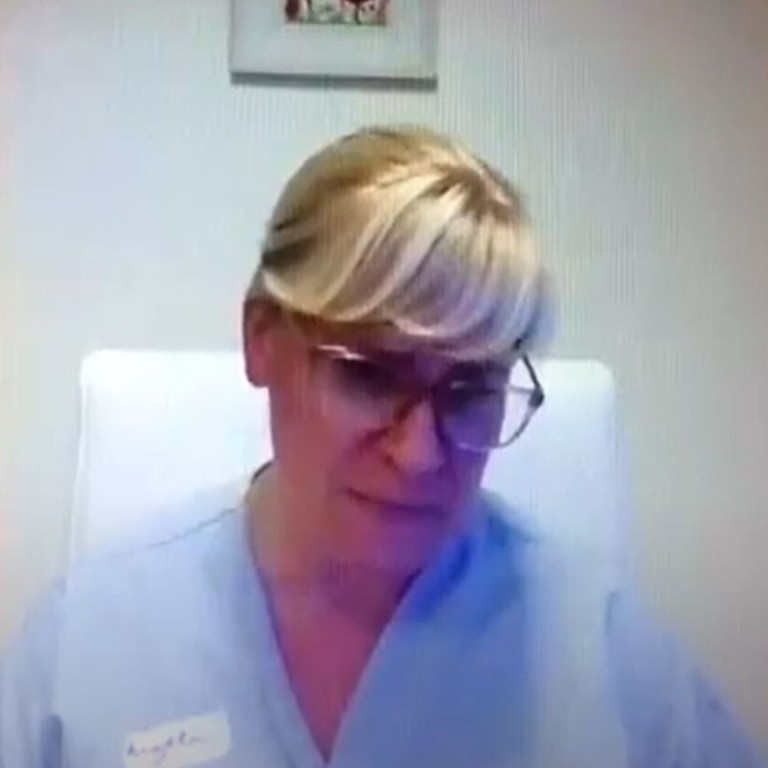
Vancouver coronavirus disaster: Infected staff tried to ‘push through’ their symptoms at care home where 41 elderly died, leak suggests
- Zoom briefings about Little Mountain Place, where 87 per cent of residents were infected, indicate catastrophic failure of ‘self-monitoring’ system among staff
- Investigator said infected staff downplayed their symptoms and kept going to work in a tragic case of ‘presenteeism’ that fuelled BC’s deadliest outbreak
The circumstances of the December 7 virtual town hall meeting with relatives of residents at the Little Mountain Place care home were grim: a Covid-19 outbreak had been reported.
In the fortnight since the first case had been diagnosed in the suburban Vancouver facility, mostly occupied by elders of the Chinese and Asian communities, 59 residents had become infected and five had died.
But Dr Michael Schwandt, a medical health officer with the Vancouver Coastal Health (VCH) authority, sounded almost upbeat on the Zoom call, which was leaked to the South China Morning Post. He expressed confidence that anti-infection protocols would succeed; after all, a previous outbreak at Little Mountain Place in March had been swiftly stamped out.
Precautions were being strictly followed, he assured listeners. Staff were ready. Measures would be “airtight”.
It didn’t turn out that way. Soon, the outbreak at Little Mountain Place was spiralling out of control.

Dozens more residents and staff soon became infected, in a catastrophic cascade that overwhelmed the home’s frail residents.
Now, at least 41 out of Little Mountain Place’s 114 residents are dead of Covid-19, according to an update delivered to relatives on Tuesday. Ninety-nine of the elderly had been infected. And 70 staff had also tested positive. It is British Columbia’s deadliest Covid-19 outbreak, by a wide margin.
How did anti-infection protocols collapse so badly?
It fell on VCH infection investigator Dr Andrew Hurlburt to explain, in another leaked Zoom call, on December 29.
He described how multiple infected staff – either asymptomatic or having failed to recognise and report their symptoms – interacted with numerous residents, as well as other staff.
There were a lot of people who were exposed. And that was both in terms of residents, and in terms of staff causing transmission to other staff. This really led to a perfect storm
And when workers began falling irrefutably ill with Covid-19, creating staff shortages, their newly infected colleagues dismissed or downplayed their own symptoms – because they did not want to worsen the escalating staff shortages.
The phenomenon, described by Hurlburt as “presenteeism”, is founded on good intentions. But it would have tragic consequences.
“We had people who are pushing through things and probably explaining away things, in an attempt to really help the site out, and it turns out that unfortunately these people did have symptoms that were probably indicative of ongoing transmission for days,” said Hurlburt, an infection prevention and control physician at VCH.

The case of Little Mountain Place suggests the failure of a detection system in British Columbia that mostly relies on care workers “active self-monitoring” and reporting their own symptoms. By contrast, regular rapid tests for staff have been spurned by provincial authorities.
Critics of the current policy say rapid tests should be widely adopted in care homes. Supporters say rapid tests are too unreliable, and that “false positives” can also create staff shortages at crucial times.
What is beyond debate is that there have been few more comprehensive failures of infection control in Canada than occurred at Little Mountain Place. Provincial health officer Dr Bonnie Henry, acknowledging the sheer scale of the outbreak for the first time on Monday, called it “incredibly lethal”.
‘What is going on? How is this happening?’
The blue and beige facade of the Little Mountain Place is unobtrusive among an East Vancouver neighbourhood of low-rise town houses and single-family homes, just off Vancouver’s Main Street corridor.
Run by the non-profit Little Mountain Residential Care & Housing Society, it has quietly been serving the region’s elderly for 33 years.
One of its main appeals is that all 116 rooms are single occupancy. Relatives speaking to the SCMP on condition of anonymity said most residents were Chinese or Asian. The facility had no particular cultural mandate, but it celebrated Lunar New Year with a lion dance, as well as Mid-Autumn Festival and other Chinese holidays.
Cantonese and Mandarin-speaking staff were also on hand, while there were regular visits from Chinese community volunteers to entertain and help residents.
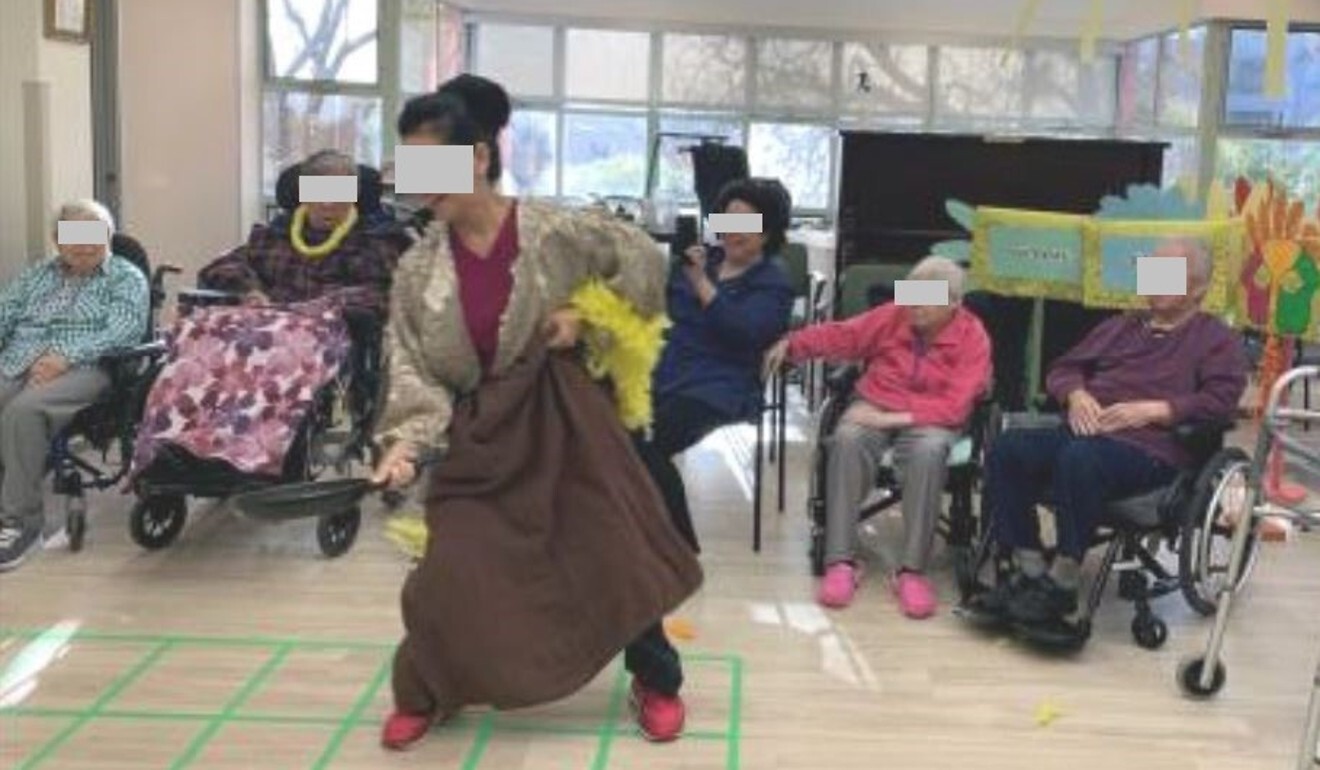
But whatever goodwill it had built up is now challenged by the unfolding coronavirus disaster there.
Some relatives, including those who provided the Zoom calls, said they were angry about Little Mountain’s handling of the crisis, as well as communication about the outbreak, which was declared on November 22.
They said their concerns were exacerbated by VCH’s initial policy not to reveal the scale of the situation. The authority last week justified this on privacy grounds, and said misreporting might cause “unnecessary concern” among relatives and residents.
“You were hearing about all those other homes, but the numbers [at Little Mountain Place] were unbelievable. It felt like it was invisible,” said one relative, calling VCH’s privacy concerns “a load of crap”.
East Asians have Toronto’s lowest Covid-19 rate. Other Asians are struggling
“It felt like LMP was allowed to fly under the radar undetected until families came forward with the numbers. And it was only when the media brought it into the public eye and probed LMP that they admitted to them,” the relative said.
Another relative said the lack of public discussion “felt like they [VCH] were hiding something”, and likewise dismissed the justification of privacy. “They weren’t being asked to release names, just the numbers. But the numbers are everything.”
For six weeks, there was no public announcement about the death toll, and it was only on Monday that VCH changed tack and acknowledged to media that 38 residents had died and 98 had been infected as of December 29.
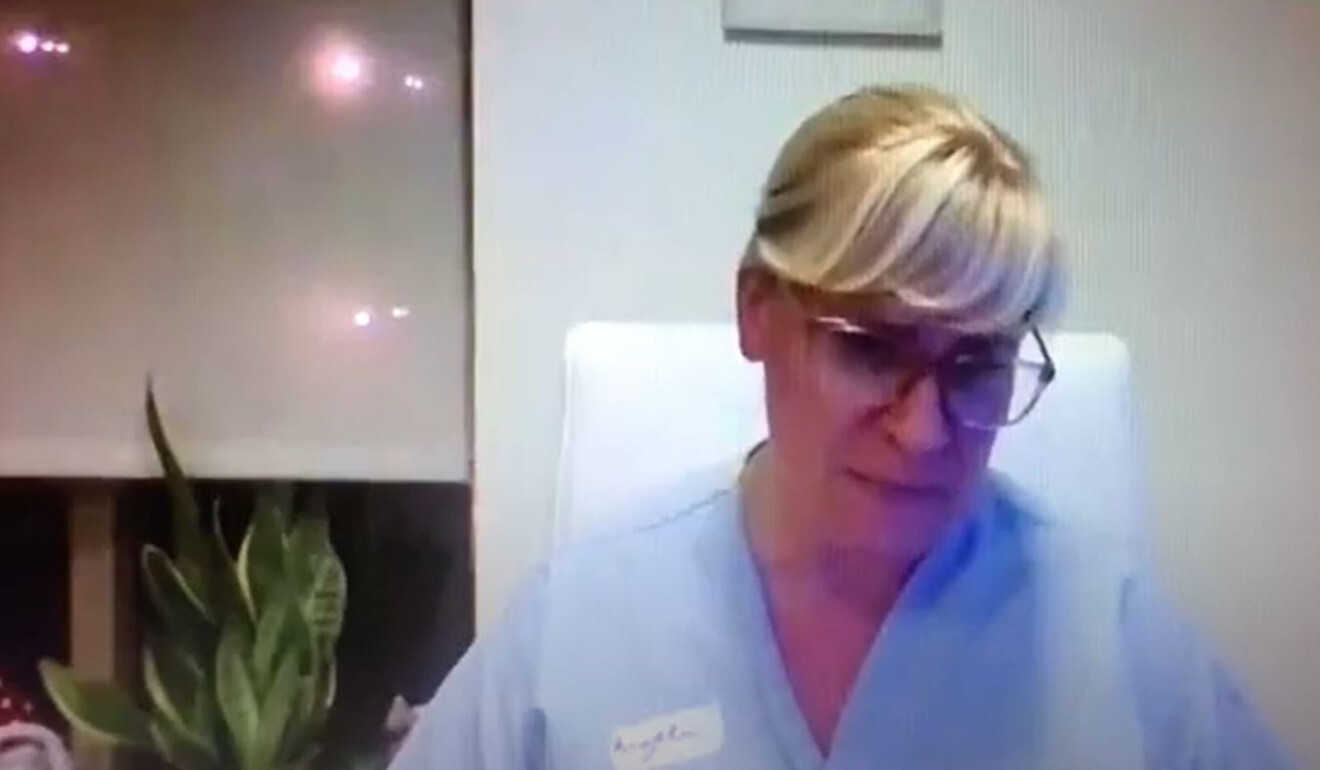
Radio station News 1130 was the first to report the large scale of the outbreak on Christmas Eve, also citing the Zoom calls.
The calls, hosted by Little Mountain Place’s executive director Angela Millar, were partly intended to address the communication shortcomings, as worried relatives clamoured for answers.
The initial December 7 call had included Schwandt’s reassuring briefing. He described the protocols to prevent the outbreak getting worse, including a “very close screening process” for staff. He said this involved a “symptom-by-symptom check, and a temperature check”. Staff with even the “most mild of symptoms” would be turned away.
He praised Little Mountain’s previous efforts. “Not many might know this but Little Mountain was one of the very earliest outbreaks that we’ve had in Vancouver Coastal Health,” he said, referring to a March 23 outbreak.
Vancouver man charged in attack on Chinese dementia sufferer, 92
Only two staff fell ill then, “because of the excellent work done to prevent transmission”.
“So this is a site that has done very well historically,” said Schwandt. “I think there is no question about the motivation and the leadership in place there.”
But the death toll soon began to mount, at a speed that bewildered relatives. The news was delivered in each weekly call like a bombshell.
At the December 21 briefing, Millar pursed her lips and looked close to tears. “I’m going to get right to the hardest part of all of this. And sorry, I do still get emotional sometimes. But I’m going to do my best,” she said.
“As of this morning at 9.30, there are 93 total positive residents. Forty-two are positive in the building. We’ve had 31 …”
Millar paused, gulped hard and looked down into her lap.
“ … residents pass.”
In December’s meetings, the tally of dead went from five, to 17, to 31, then 38.
“It was like ‘what is going on? How is this happening?’,” one relative said, describing a sense of unreality throughout last month.
The video calls had become a source of dread and confusion, not comfort, the person said.
The ‘perfect storm’ of infection
The key question of exactly how the outbreak might have exploded so dramatically went unanswered until the December 29 call.
Relatives at the meeting repeatedly expressed concerns about whether the facility’s heating and ventilation system played a role in the outbreak. But VCH’s Dr Hurlburt rejected the theory: residents at Little Mountain had not been undergoing procedures that result in high-level aerosolisation of infection-bearing droplets, and nor had the ventilation system failed in any way.
The epidemiology of the outbreak did not suggest airborne transmission which would typically result in continuous mass exposure on all levels of the facility, “which we aren’t seeing”, Hurlburt said.

“The short version: there is nothing to suggest that airborne transmission is occurring at any appreciable, or any rate, at Little Mountain at the moment,” he said.
Millar added that among staff not working on the second and third residential floors “we’re seeing almost no positive cases”.
“If the [infected] air was circulating through the first floor we would expect to see those numbers. That’s just not what we’re seeing,” she said.
As the briefing went on, listeners typed questions that flashed on the screen: “then why is the infection rate so high”, “contradicts what is being said”, “how is the virus [being] transmitted”, “numbers do not add up”.
Millar asked Hurlburt, if the ventilation system was not at fault, what had gone wrong, “based on the investigation”.
Covid-19 tragedy: 31 dead at Vancouver care home catering to Chinese elders
He began with some general, “across the board” observations – that “residents almost always get it from staff … it’s almost always people who are working before they recognise symptoms”.
“Unfortunately what happened at Little Mountain, after a bit of looking forensically, is we had a number of people, working with a lot of people early on, during their infectious period,” Hurlburt said, pausing to sigh during the explanation.
“So there were a lot of people who were exposed. And that was both in terms of residents, and in terms of staff causing transmission to other staff.
“This really led to a perfect storm, wherein we were very short staffed.”

There were also problems with the way care staff used their personal protective equipment (PPE). They were “familiar” with the processes designed to minimise infection risks, but “what we’ve seen is that ‘familiar’ really isn’t good enough”.
“[PPE proficiency] really needs to be close to 100 per cent,” he said. “And, you know, we really didn’t get there for the first few weeks.”
By the start of last month, said Hurlburt, Little Mountain Place was suffering the impact of an initial widespread exposure, imperfect PPE practices, and staff shortages: 26 staff were already known to be infected by December 7.
“And this then led to something that we see a lot in health care, which is presenteeism, where people feel really compelled to come to work to help out,” Hurlburt went on.
Tales of Chinese-Canadians through the decades brought to life
“And they push through things that they would otherwise, you know, maybe pay a little bit more attention to. Things like fatigue, or they explain away muscle aches and pains, because, you know, they’ve been working double shifts for 10, 12, 14 days in a row. And then, they would, it turns out, have Covid-19.
“And in retrospect, these people would then be found to have been working for four or five days during their infectious period, which then would amplify the exposure.”
Hurlburt ended with an optimistic note: with staffing back at adequate levels, thanks to reinforcements from VCH, there had been a “significant decrease” in the rate of infection. What went unsaid was that this was almost inevitable: by then, only 16 residents were left uninfected.

02:04
Coronavirus vaccine: Sinopharm ramps up production as China approves jab for use on general public
A spokeswoman for VCH declined a request for an interview this week about the Little Mountain outbreak. In a statement, VCH said all eligible residents and most staff at the home had now been vaccinated.
Millar did not respond to an interview request, but previously deferred to VCH to respond on the home’s behalf. A response is being sought from the BC health ministry.
A ‘baffling’ stance on rapid testing
The pre-outbreak Covid-19 detection measures at Little Mountain Place, premised on staff recognising and reporting their own symptoms rather than undergoing regular rapid testing, are not unique.
They reflect provincewide guidelines for long-term care homes from the health ministry. Staff must answer a symptom questionnaire as they “actively self-monitor”, as well as have their temperature checked twice a day.
Epidemiologists and operators have suggested wider use of rapid tests in Canada’s long-term care homes, where about 75 per cent of all 16,000 Covid-19 deaths have occurred. There are ongoing outbreaks in more than 50 care homes in BC, including Little Mountain Place.
The federal government has meanwhile distributed more than 7 million rapid tests across the country, including about 900,000 to BC.
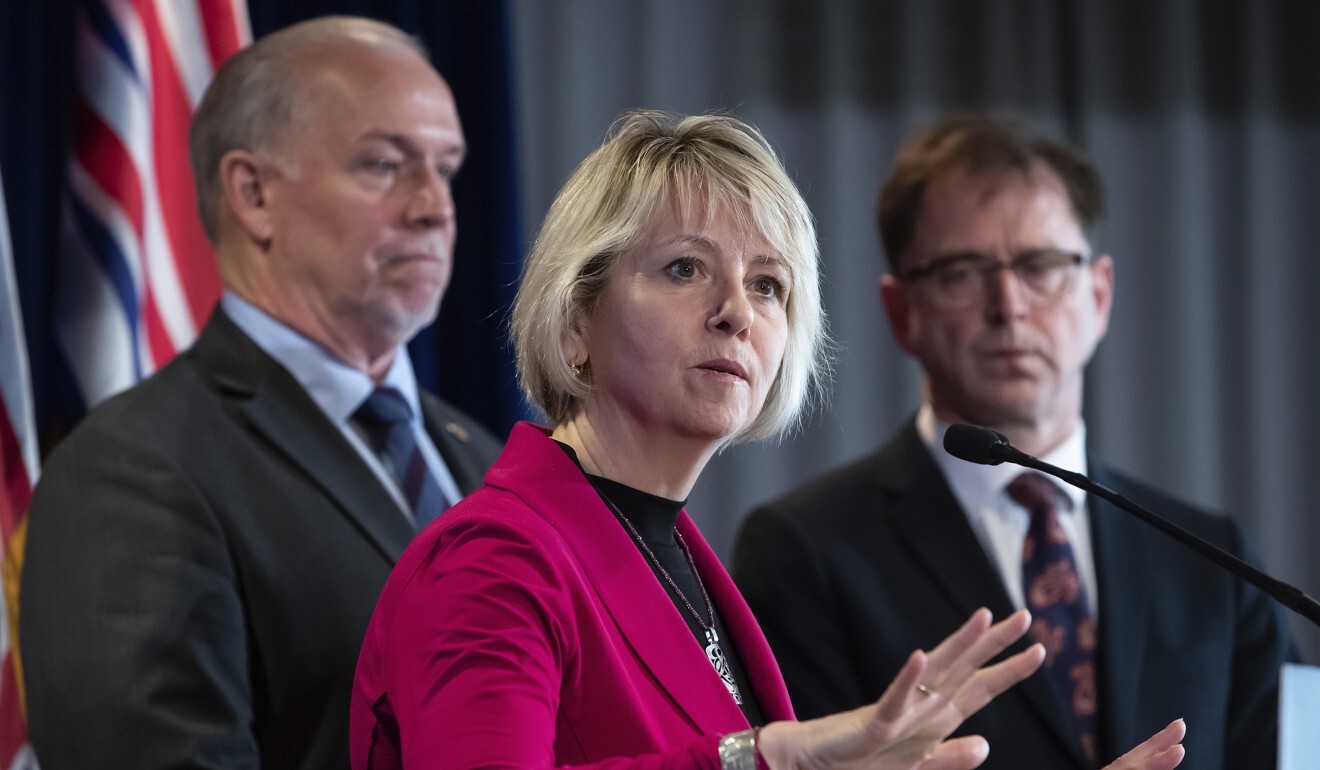
But provincial health officer Henry has said rapid tests are “not a panacea” for long-term care, while Health Minister Adrian Dix said early last month that “in general, the testing of asymptomatic people has not been that helpful, anywhere”.
Terry Lake, CEO of the BC Care Providers Association, said the federally purchased rapid tests were “gathering dust” in BC, with the exception of those being used in small pilot schemes in VCH and the Fraser Health regions.
The reluctance towards rapid testing was “baffling”, he said.
Lake said members of the association (which represents about 70 per cent of the province’s care providers, but not Little Mountain Place’s operators) were eager to embrace rapid testing.
But they were instead following the province’s mandated guidelines for two reasons: rapid tests were hard to come by because the federal government had bought so many and operators feared liability issues if they strayed from the advice of health officers.
“They really do need it to come from the health officials to go ahead,” said Lake.
If the pilot schemes showed promise, rapid tests might be added as a layer of protection, Dix has previously said.
University of Toronto epidemiologist Dr Ashleigh Tuite said Canadian authorities in general had been too hesitant to embrace rapid testing.
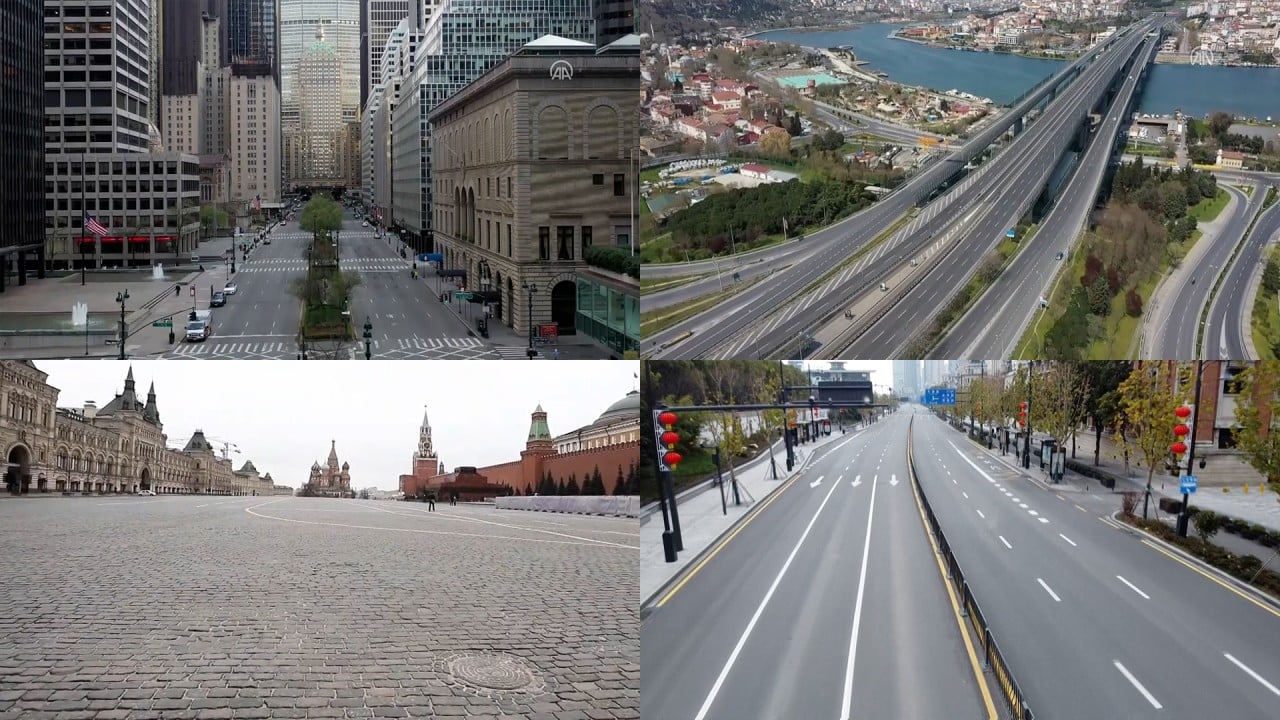
03:56
Coronavirus lockdowns around the world in 2020
“The concern is that they are not as sensitive or specific as the PCR [polymerase chain reaction tests] gold standard,” she said, outlining critics’ positions.
Rapid tests risked missing some cases with false negatives, and well as producing false positives – a particular worry for health care staff who could be taken out of play until they were cleared by a more-certain PCR test.
On-site rapid testing also risked losing control of infection data, since PCR tests tend to be handled by centralised authorities, Tuite said.
Vancouver’s most loved Hong Kong cafe has closed. Can its spirit be saved?
But as with other aspects of the pandemic, the perfect was the enemy of the good, Tuite said. And the “fixation” on PCR tests did not take into account the fact that a positive PCR test could be registered well after a person had ceased being infectious.
“If the alternative [to rapid tests] is screening once every one or two weeks? Well, somebody can be asymptomatic. You won’t know that they are infectious if they are asymptomatic or mildly symptomatic,” she said.
Tuite said rapid testing should be more widely deployed in Canada “with the caveat that they need to be followed up with the PCR tests”.
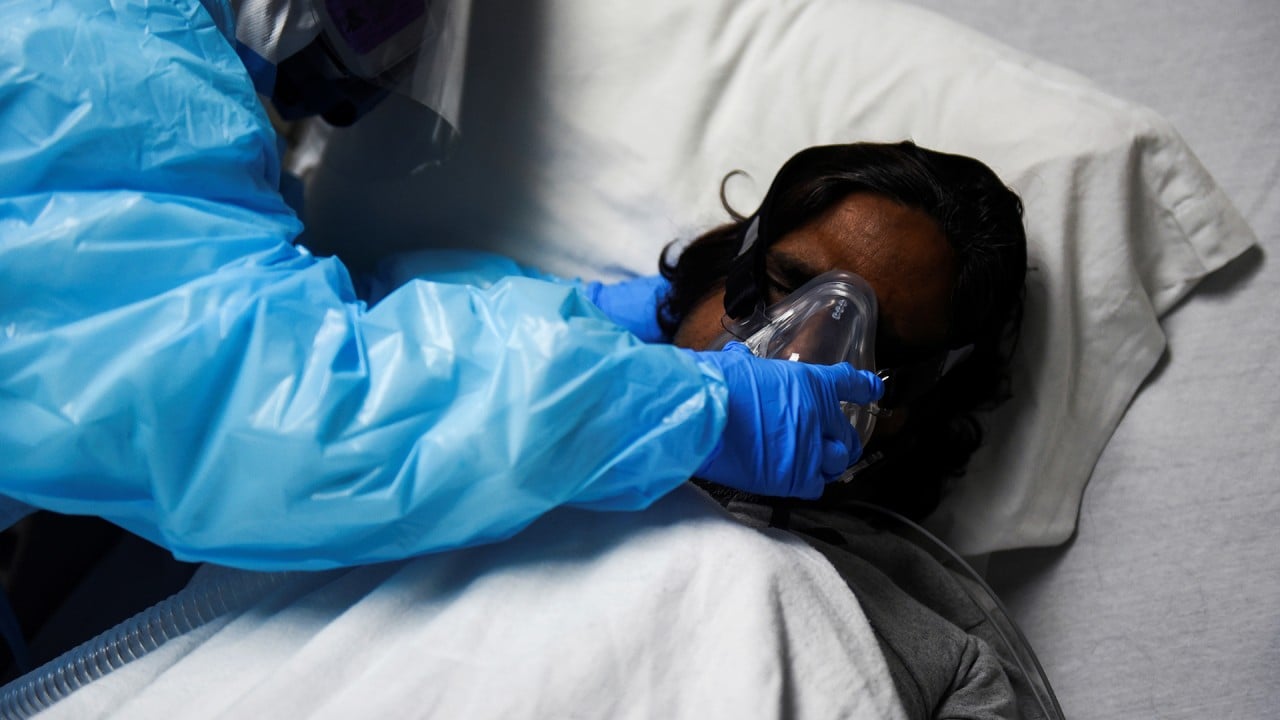
03:10
‘Every day we struggle’, doctors overwhelmed treating Covid-19 cases in hospitals around the world
There is no certainty that such an approach would have mitigated the Little Mountain Place outbreak, or caught it earlier. But the outcome there could scarcely have been worse.
“It’s very important to be clear about the numbers, about the hard facts of the situation, right up front,” said VCH’s Schwandt, as he delivered the latest figures in the Zoom meeting that took place on Tuesday night.
The update meant that 87 per cent of residents of Little Mountain Place had been infected, and 36 per cent had died.
However, 53 out of the 58 surviving Covid-positive residents had been cleared of infectious status, along with 67 of the 70 staff, said Schwandt.
That, at least, shows there is room for some hope, and that the nightmare at Little Mountain Place might be coming to an end.

